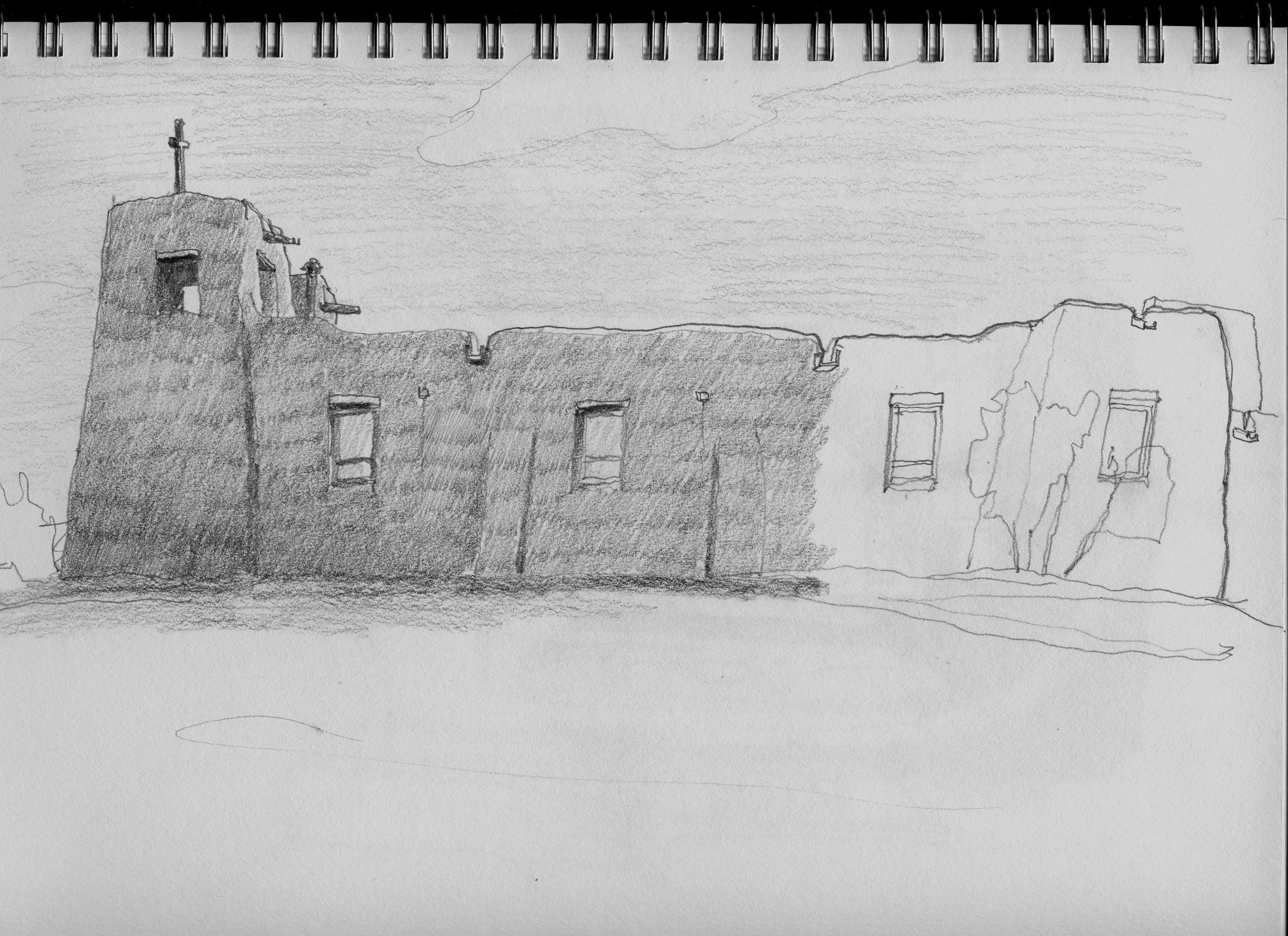Frank Lloyd Wright in California
I recently returned from a trip to Los Angeles and when I was there I took the opportunity to visit a number of Wright buildings. Of particular interest to me were the textile block houses of the early 1920s - the Freeman, Storer, Ennis and Millard houses.
Ennis House, 1923
Wright's first major work in California is the Hollyhock house, an explicitly Mayan Revival style fantasy, looking down on the city from its perch on Olive Hill. It is a strange design for an unusual client and maybe represents Wright's first attempts to shed the Prairie Style compositions of hovering roofs and dominantly horizontal planes. It is a volumetric construction and the large, blocky, overlapping masses foreshadow the more sophisticated and refined textile block houses that were to follow.
Hollyhock, 1919
The textile block houses are all designed and executed in the same year, 1923, and represent an amazing body of work for an architect testing new materials on challenging and unfamiliar topography. These houses gradually abandon the explicitly formal aspects of the Mayan Revival style but maintain the surface patterning and volumetric expressions.
Freeman House, 1923
Each of these houses sit on incredibly steeply sloping sites among the foothills and mountains north of the LA basin. It is easy to imagine that the choice of building materials - custom patterned, but standardized concrete blocks - was influenced by the technological and logistical challenge of building on significantly vertical terrain. The use of concrete blocks drive the houses to express themselves in large, muscular volumes, eschewing conventional windows and doors in lieu of glazed openings between masonry masses.
Storer House, 1923
The textile blocks are fascinating and much has been written about their patterns and motifs. My interest lies more with the overall building massing and how these buildings differ so dramatically from the light, seemingly weightless glass and panel construction that we associate with California Modern - the work of Neutra and Lautner, Eames and Eichler.
Ennis House sketch
Wright's architecture extends the rough hillocks of the landscape and acts more like piled up boulders than built constructions. The textile block houses are masonry constructions, blocks added to yet more blocks, stepping up the hillside and creating sheltered spaces between.
The later work of the California Modernists, so light and airy, sit lightly on the landscape but are clearly not natural extensions of the terrain. Lautner's Chemosphere is so divorced from its immediate site to only barely touch it at one point.
John Lautner's Chemosphere - image credit: UCLA Humanities
Wright's use of massive, masonry forms in large expressive volumes might be a result of his own internal design process and his progression as a creative architect. However, I can't help but think that it is also a reaction of a Midwestern architect to the vertiginous building sites, perching on shaking, near-cliffsides sitting on the edge of the continent. Later architects reacted to these sloping sites by building ever-lighter constructions, buildings softly dropped down from the sky on uncertain earth. Wright characteristically built his projects from the bottom up, the earth rising up into blocks, inherently and "naturally" tied to their hillsides.
Storer House sketch





















